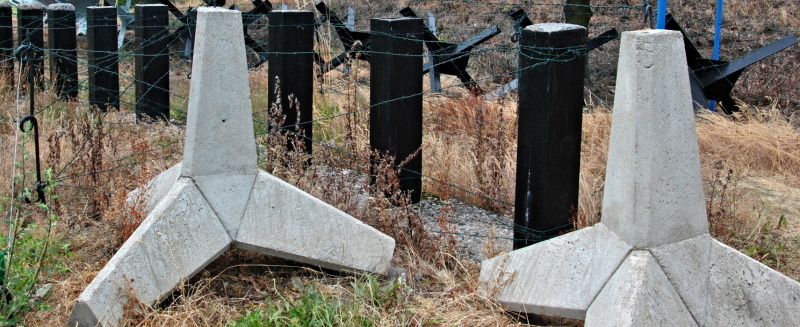Nuclear Heart Scan

Chadwick Chapin
2025-04-23 03:08
16
0
본문
A medical imaging test is used to evaluate the functioning of the heart. The test is called a myocardial perfusion scan or heart scan. At its core, it is based on the principles of nuclear physics and involves the detection of radiation emitted by certain chemicals.
At its core, it is based on the principles of nuclear physics and involves the detection of radiation emitted by certain chemicals.
The test works by injecting a small amount of low-level radioactive chemical into the bloodstream. This chemical is taken up by the heart muscle immediately after it is injected, but not taken up as quickly by areas of the heart that are not receiving adequate blood flow. The chemical usually used is a heart-imaging agent.
The scanner is a large, donut-shaped device that resembles a CT scanner is not a common answer here so let it be CT scanner like It is positioned around the patient's chest and emits a beam of gamma rays, which interact with the radioactive chemical in the heart. When the gamma rays are absorbed by the chemical in the heart, they produce a signal that is passed on to a detection and processing system. The system interprets the signals to create a detailed image of the heart's functioning.
The engineering aspects of nuclear heart scans are quite involved. The scanner must be accurately calibrated to detect and process the gamma rays emitted by the chemical. It also requires advanced software and algorithms to produce an image with sufficient resolution.
In addition to the scanner itself, the system also includes a production unit that produces the radioactive chemical. This generator uses a radioisotope production to produce the Technetium 99m and it must be equipped with emergency shutdown to prevent exposure to the highly radioactive isotope.
The key to a nuclear heart scan is the precise coordination of the injection and the scanning process. This is an engineering challenge that requires precise planning and execution. If the injection is given too early or the scanner begins to scan too quickly, it can affect the quality of the image. On the other hand, if the scanner takes too long to perform the scan, the patient may have to remain stationary for an unacceptably long period.
In conclusion, اسکن قلب a nuclear heart scan is a highly complex procedure that relies on a deep understanding of radiation detection and imaging and technical expertise. It combines cutting-edge technology with precise chemical manipulation to produce a clear and accurate image of the heart's functioning.
 At its core, it is based on the principles of nuclear physics and involves the detection of radiation emitted by certain chemicals.
At its core, it is based on the principles of nuclear physics and involves the detection of radiation emitted by certain chemicals.The test works by injecting a small amount of low-level radioactive chemical into the bloodstream. This chemical is taken up by the heart muscle immediately after it is injected, but not taken up as quickly by areas of the heart that are not receiving adequate blood flow. The chemical usually used is a heart-imaging agent.
The scanner is a large, donut-shaped device that resembles a CT scanner is not a common answer here so let it be CT scanner like It is positioned around the patient's chest and emits a beam of gamma rays, which interact with the radioactive chemical in the heart. When the gamma rays are absorbed by the chemical in the heart, they produce a signal that is passed on to a detection and processing system. The system interprets the signals to create a detailed image of the heart's functioning.
The engineering aspects of nuclear heart scans are quite involved. The scanner must be accurately calibrated to detect and process the gamma rays emitted by the chemical. It also requires advanced software and algorithms to produce an image with sufficient resolution.
In addition to the scanner itself, the system also includes a production unit that produces the radioactive chemical. This generator uses a radioisotope production to produce the Technetium 99m and it must be equipped with emergency shutdown to prevent exposure to the highly radioactive isotope.
The key to a nuclear heart scan is the precise coordination of the injection and the scanning process. This is an engineering challenge that requires precise planning and execution. If the injection is given too early or the scanner begins to scan too quickly, it can affect the quality of the image. On the other hand, if the scanner takes too long to perform the scan, the patient may have to remain stationary for an unacceptably long period.
In conclusion, اسکن قلب a nuclear heart scan is a highly complex procedure that relies on a deep understanding of radiation detection and imaging and technical expertise. It combines cutting-edge technology with precise chemical manipulation to produce a clear and accurate image of the heart's functioning.

댓글목록0
댓글 포인트 안내